Optimal Water Treatment Scheduling
Water treatments are essential for maintaining high water quality, preventing buildup of contaminants, and ensuring the longevity of plumbing systems. Proper timing of treatments can optimize effectiveness and reduce costs associated with frequent or unnecessary interventions.
Water treatments are often most effective when aligned with seasonal changes, such as before summer or winter, to prevent issues like algae growth or pipe freezing.
Regular testing of water quality indicators can determine the optimal timing for treatments, especially in areas with variable water sources.
Treatments should be scheduled before and after construction or plumbing modifications to prevent contamination and ensure system integrity.
Establishing routine treatment intervals, such as annually or biannually, helps maintain water quality and system performance.

A modern water treatment system in operation.
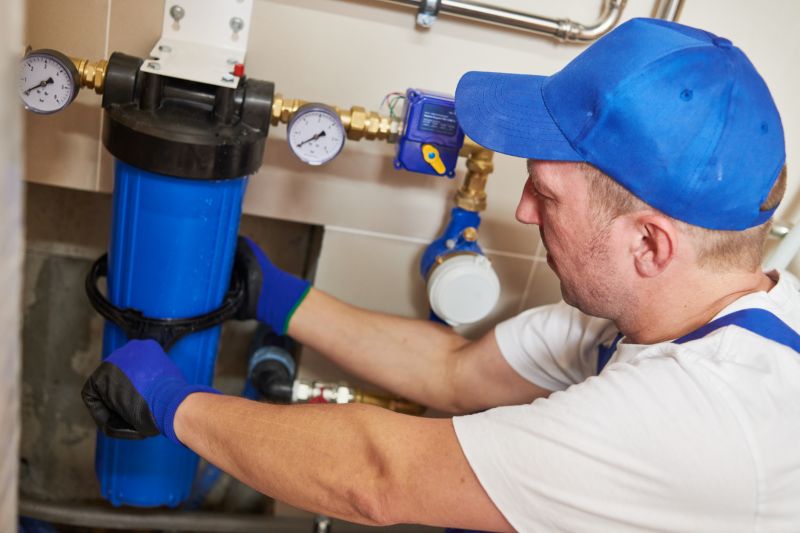
Technicians conducting water tests to assess quality.
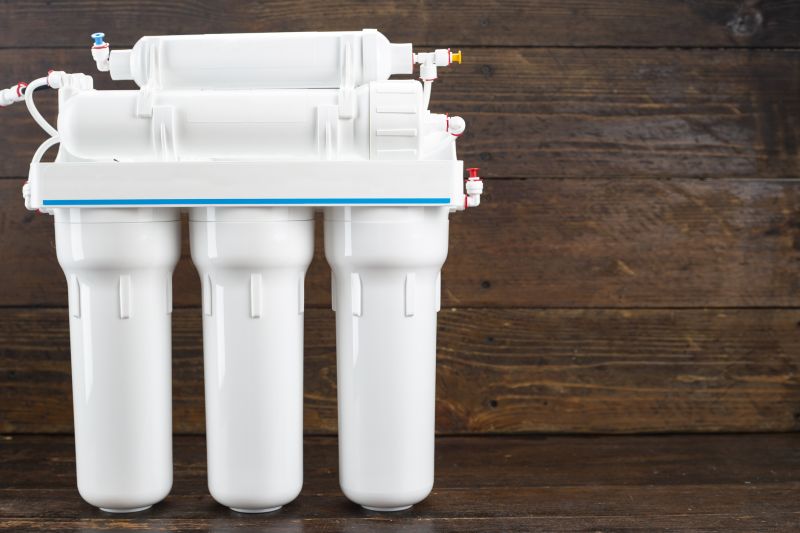
Advanced filtration units used in water treatment processes.
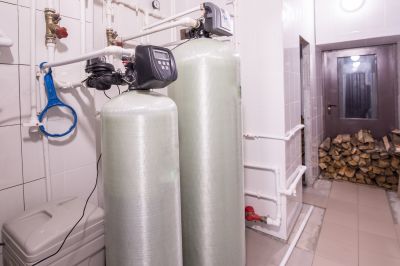
Ways to make Water Treatments work in tight or awkward layouts.

Popular materials for Water Treatments and why they hold up over time.
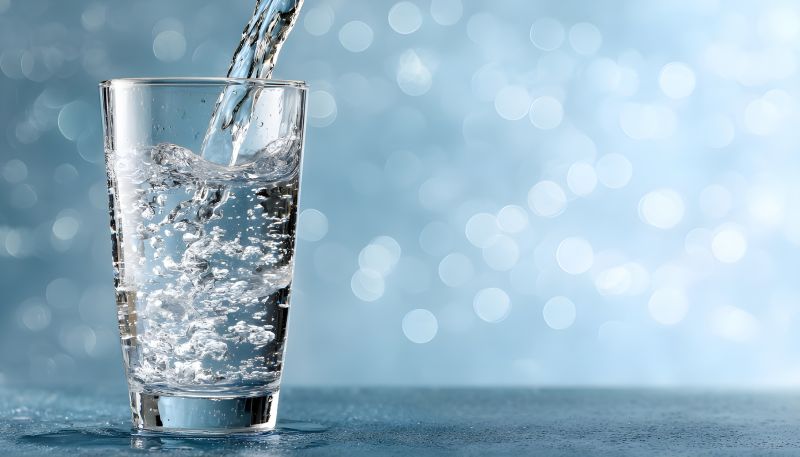
Simple add-ons that improve Water Treatments without blowing the budget.

High-end options that actually feel worth it for Water Treatments.
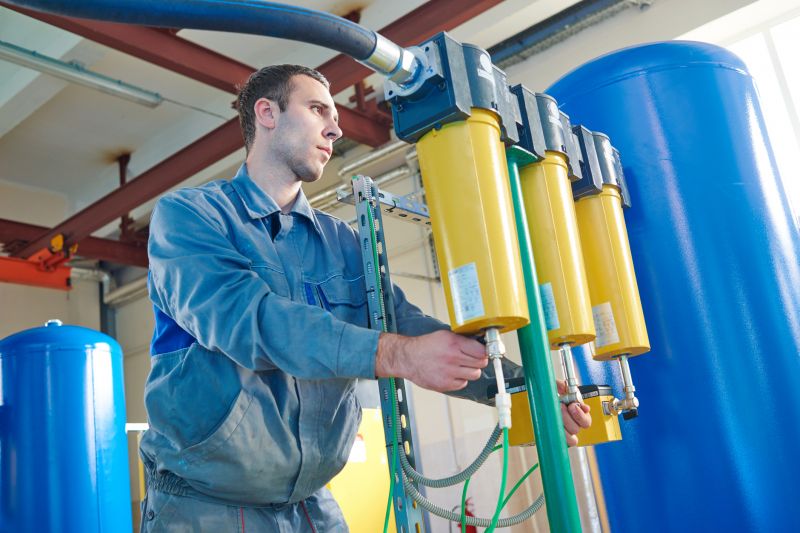
Finishes and colors that play nicely with Water Treatments.
| Timing Consideration | Recommended Approach |
|---|---|
| Before peak usage seasons | Schedule treatments prior to summer or winter to prevent issues. |
| Following water source changes | Treat after any significant change in water source or supply. |
| Routine intervals | Implement annual or semi-annual treatments based on water quality data. |
| Post-maintenance or repairs | Treat after plumbing repairs or system upgrades. |
| In response to contamination | Immediate treatment following contamination detection. |
| Before and after construction | Treatments should be scheduled around construction activities. |
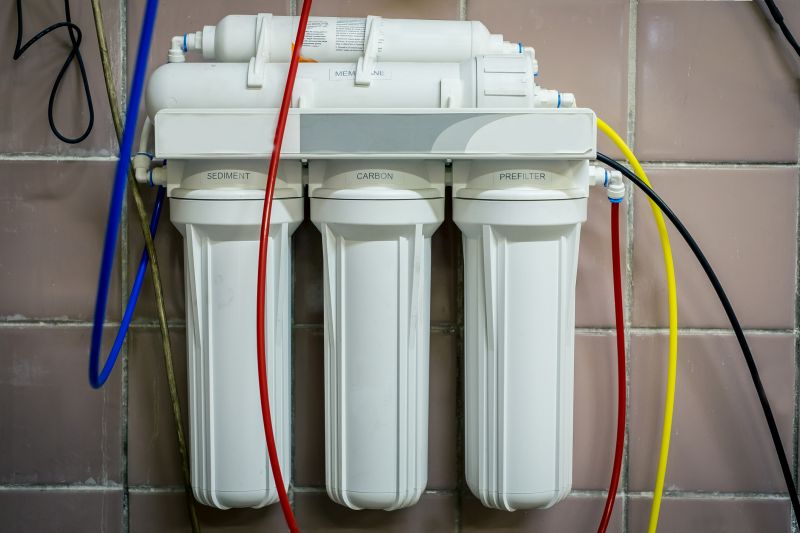
Diagram of a typical water treatment process.

Tools used for assessing water quality.
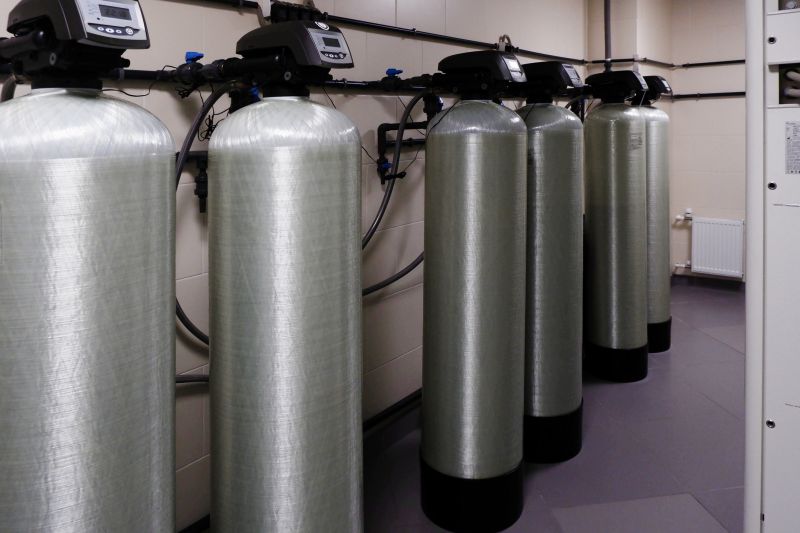
Chemicals used in water treatment processes.
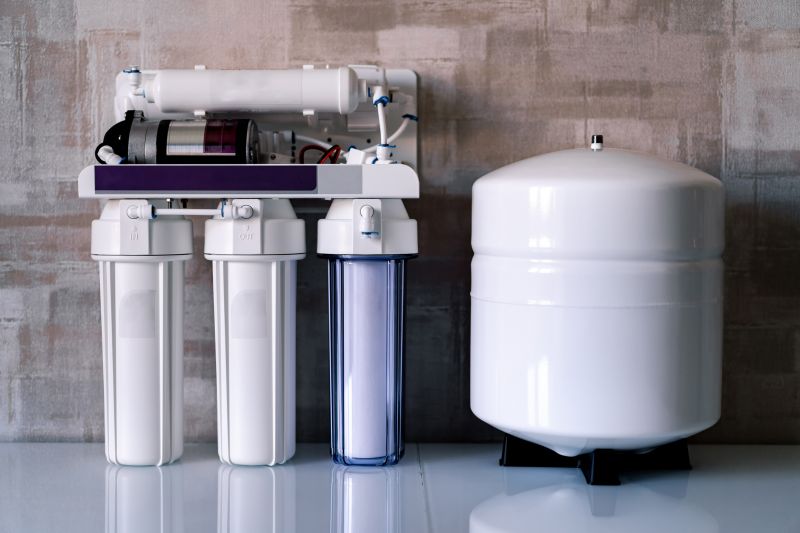
Clean, treated water ready for use.

Little measurements that prevent headaches on Water Treatments day.
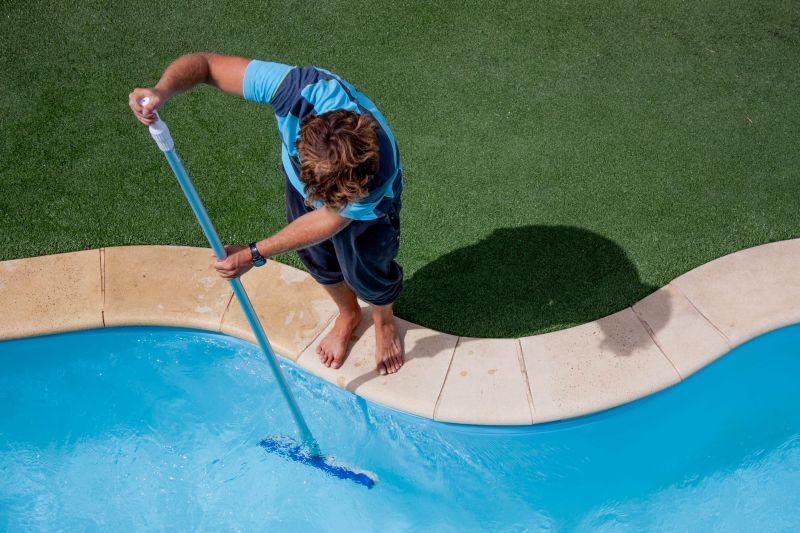
A 60-second routine that keeps Water Treatments looking new.
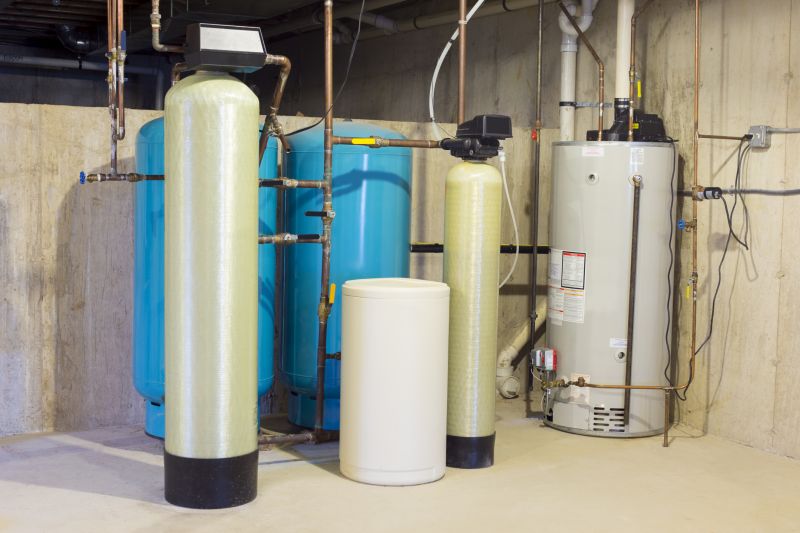
A frequent mistake in Water Treatments and how to dodge it.
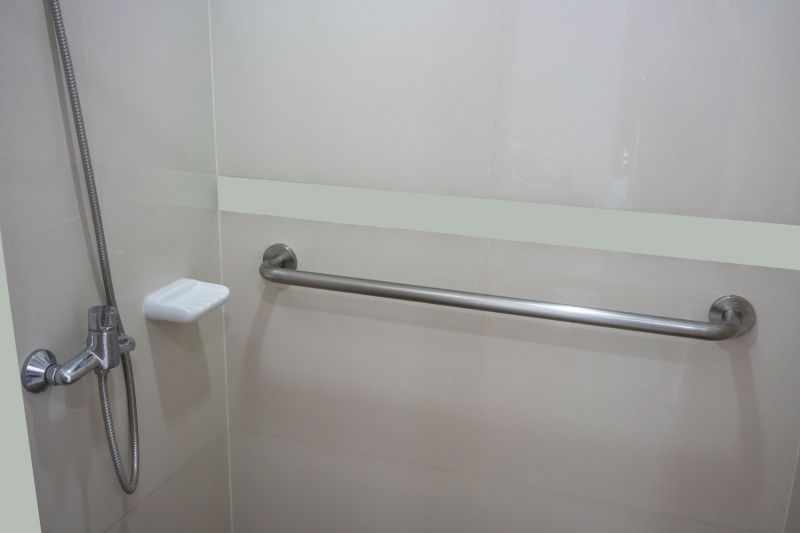
Small tweaks to make Water Treatments safer and easier to use.
Water treatments are a critical component of maintaining safe and high-quality water supplies. They involve processes such as filtration, chemical disinfection, and pH adjustment to remove or neutralize contaminants. Proper timing ensures treatments are effective, cost-efficient, and aligned with water usage patterns. The frequency of treatments can vary based on water source quality, system design, and environmental factors. Regular monitoring and adherence to recommended schedules help prevent issues such as bacterial growth, mineral buildup, and corrosion, ultimately extending the lifespan of plumbing infrastructure.
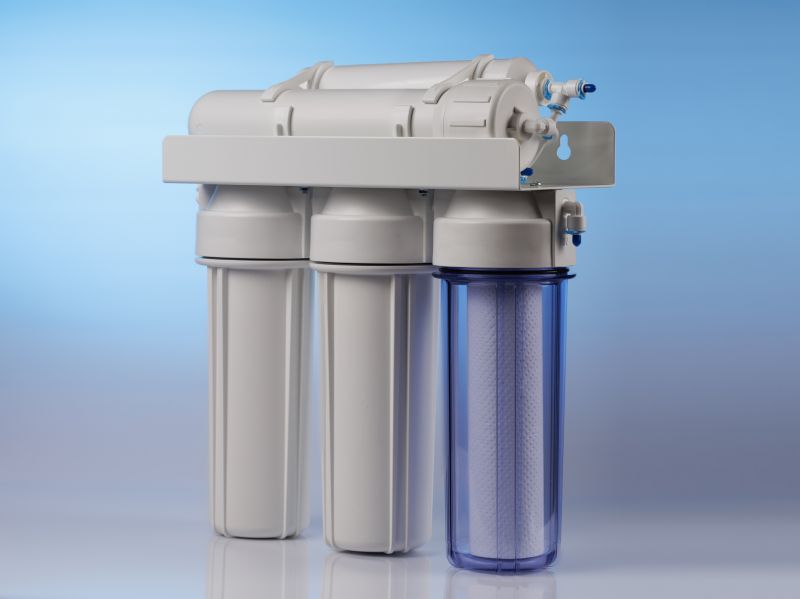
A professional water treatment facility in operation.
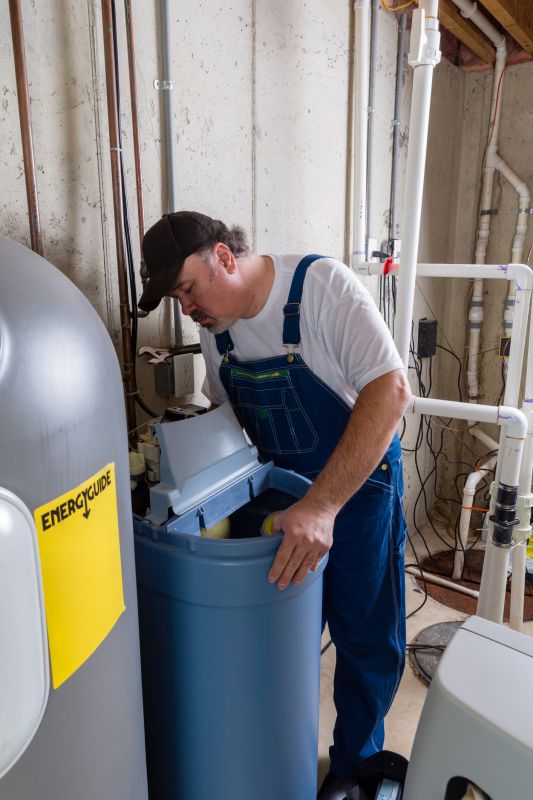
Technicians analyzing water samples.
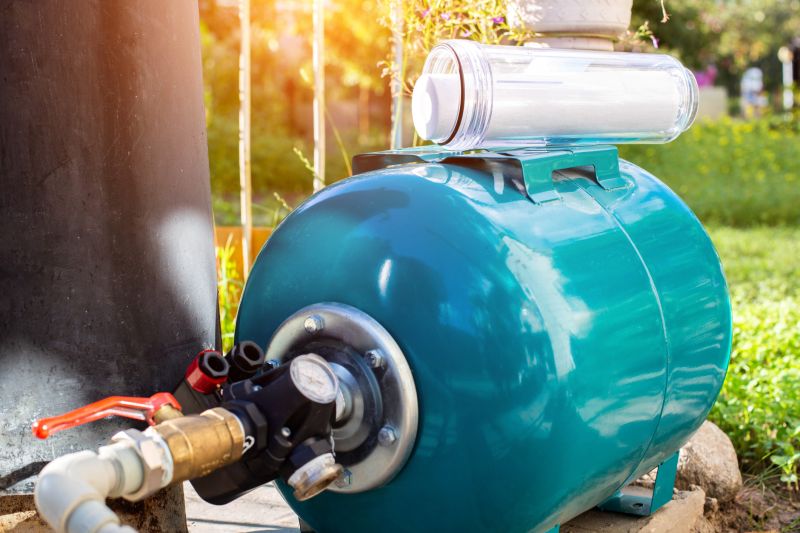
Lower-waste or water-saving choices for Water Treatments.
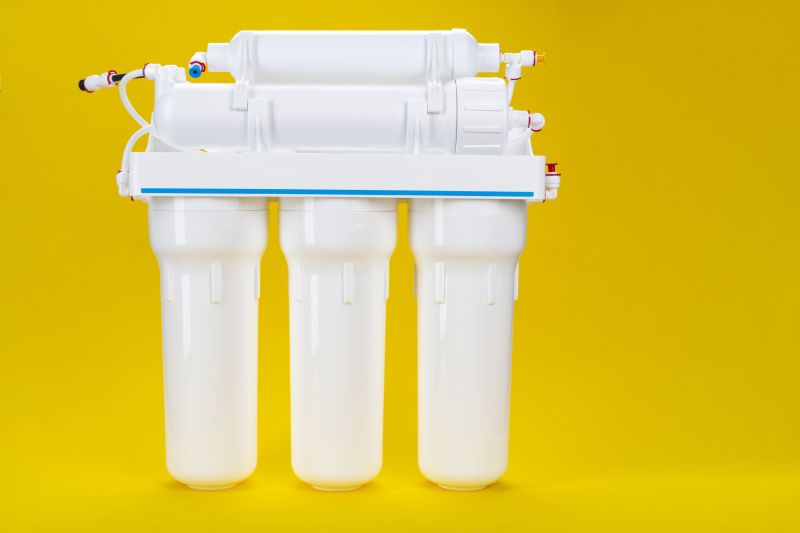
The short, realistic tool list for quality Water Treatments.
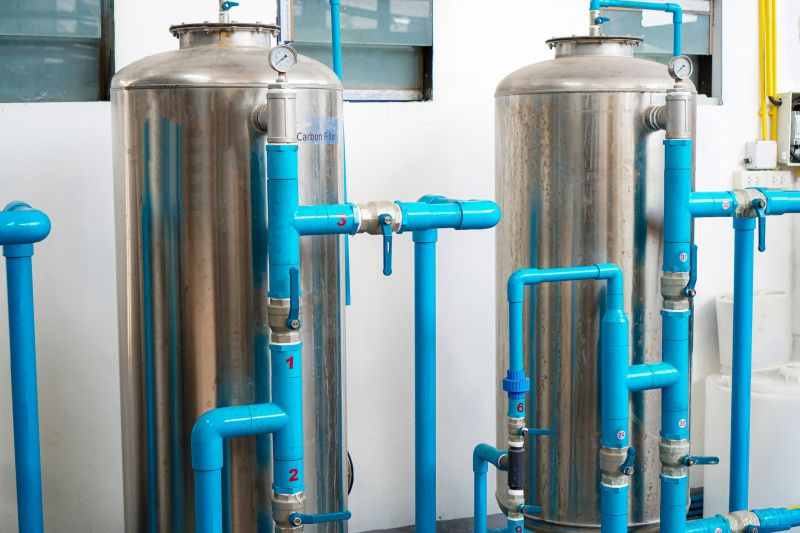
Rough timing from prep to clean-up for Water Treatments.
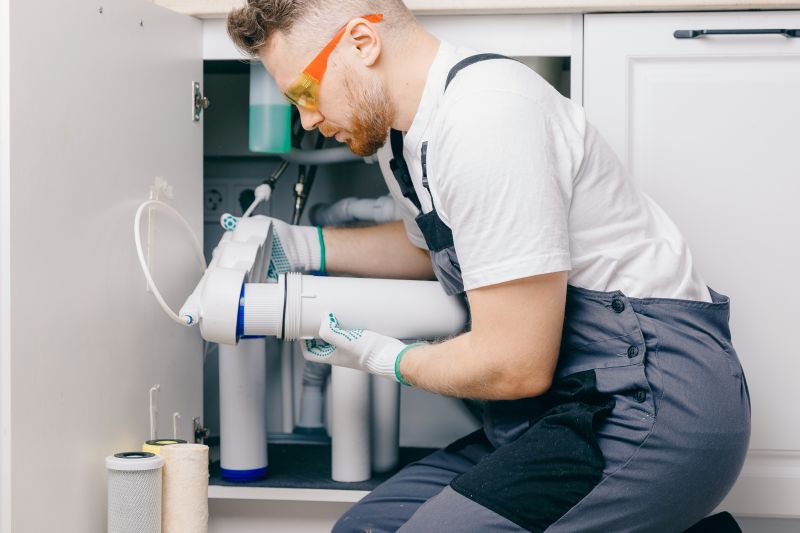
Quick checks and paperwork to keep after Water Treatments.
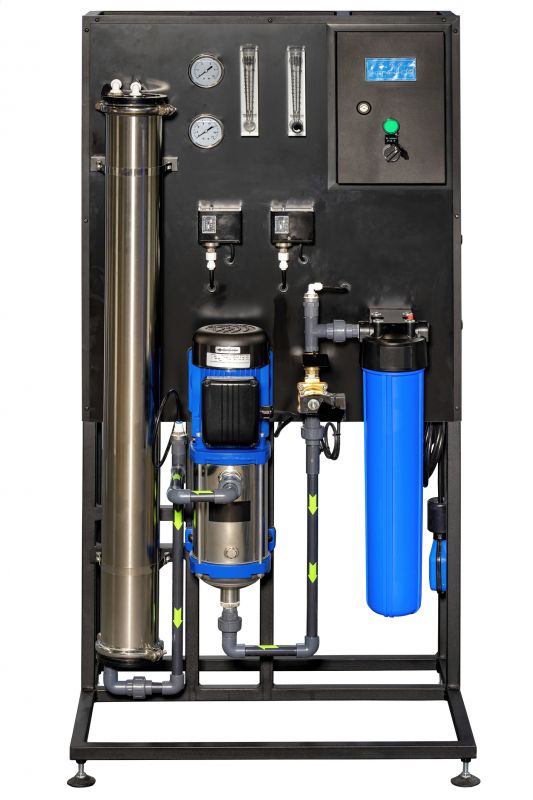
Examples that show the impact a good Water Treatments can make.
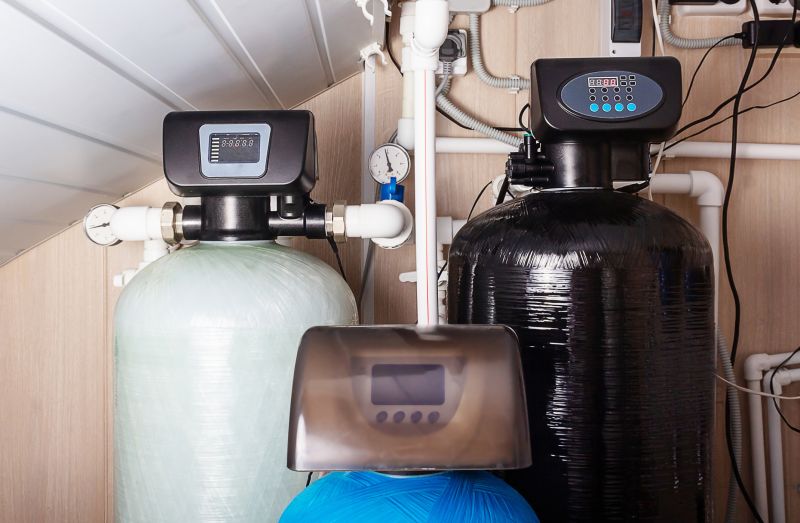
Ways to make Water Treatments work in tight or awkward layouts.
Scheduling water treatments at optimal times enhances system performance and water safety. Consulting with water treatment professionals can help determine the best intervals based on specific water conditions and usage needs. Regular assessments and timely interventions prevent costly repairs and ensure compliance with health standards. If interested in scheduling water treatments or learning more about suitable timing, filling out the contact form is recommended.

